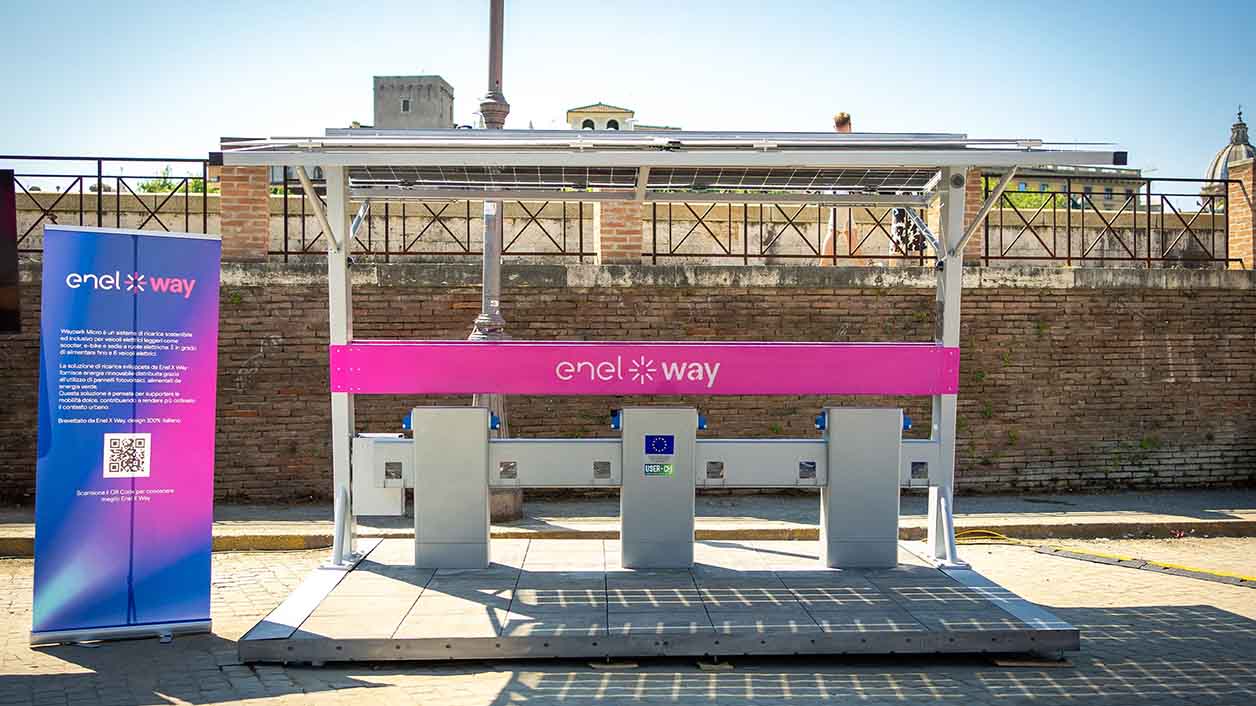Electric cars: let's dispel some preconceptions

Breathable air
Clean energy
Green production
Reuse and disposal
Possible journeys
Falling price lists
Light maintenance
The price list for the car is, however, only one of the parameters that make up the total cost of ownership, which also includes fixed costs, maintenance and refuelling (and the residual value of the vehicle subtracted). We are talking about elements that help make car maintenance more affordable, starting with the exemption from road tax (on average for the first five years, with a sharp reduction starting from the sixth) provided by the various Italian regions. Maintenance, burdened by fewer items, is cheaper, as is the outlay for refuelling, so much so that the overall cost of a battery-powered vehicle can even be lower than that of a traditional car: that’s a great reason to choose electric mobility.
Find out more





